Creeping Succulent Plants – Do Succulents Make Good Groundcover
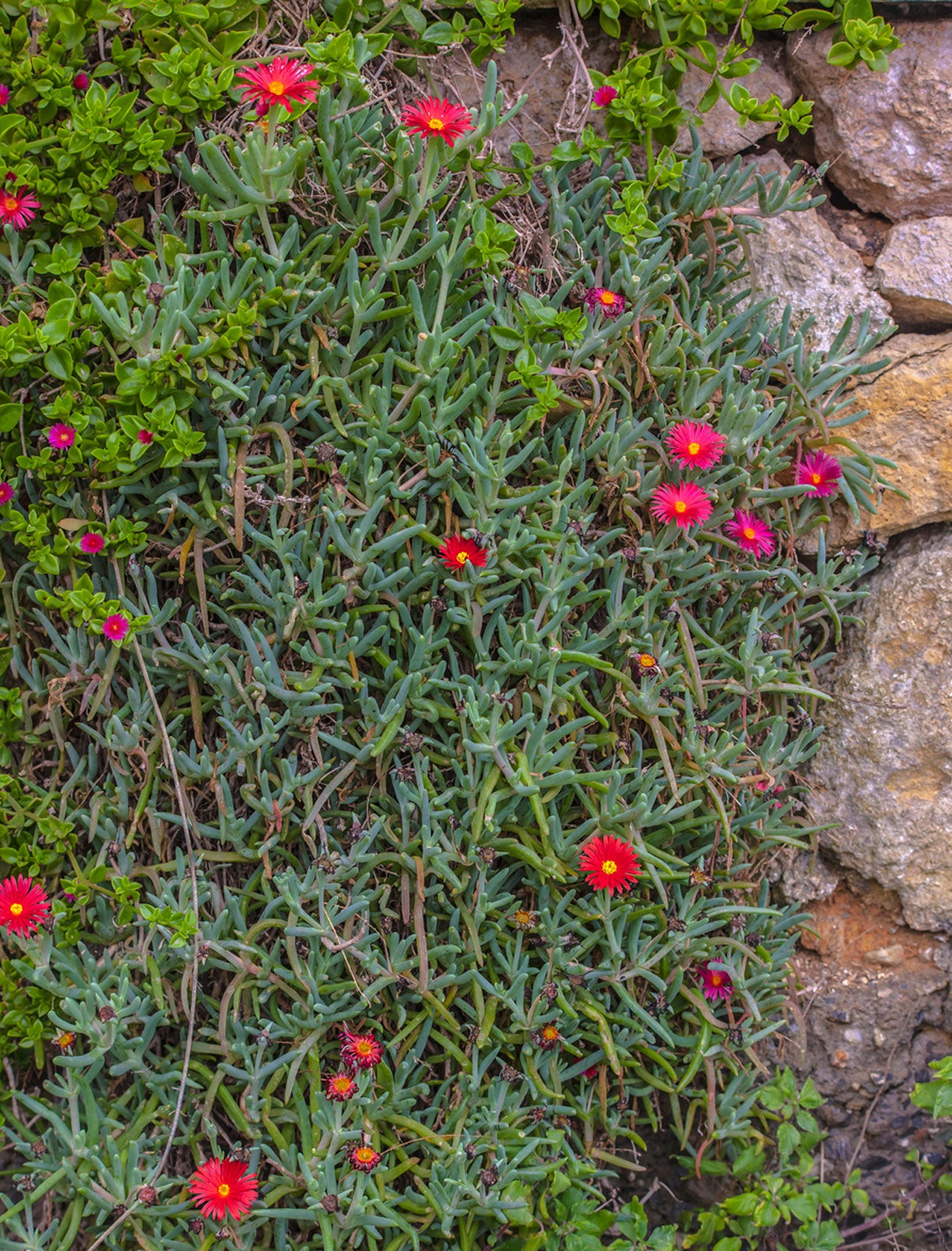

If you are new to gardening but want to dip a toe in the waters, try growing succulents. They are utterly charming, come in a variety of sizes and colors, and have a carefree nature. In the landscape, succulent plants that spread create a carpet of texture combined with low maintenance ease. There are even hardy varieties available for northern gardeners.
Do Succulents Make Good Groundcover?
Trying to develop a no fuss area of the garden with weed resistant properties and a visual appeal? Need some plants that can tolerate neglect, thrive in drought, and cover an unsightly area? Try growing creeping succulent plants. Groundcover succulents might just be the answer you’re searching for.
Using succulents as groundcover offers the gardener many benefits and opportunities. Not only are they forgiving, they are also adaptable and have a unique beauty not found in many other plant families. There are many species of succulent plants that spread. If you want ground huggers or something mid-calf, there is a succulent for that. Do you want flowers or foliar color? There are groundcover succulents for almost any need and space. Sun or shade? Moist or dry? No problem, there is a variety suited for each condition.
Selecting Creeping Succulent Plants
The most important part of selecting succulents for the outdoors is considering the growing conditions. Northern gardeners will want hardy species while southern landscapers may be more concerned with drought-tolerant plants.
Make sure wherever you place your succulents that the soil drains freely, or your plants could develop fungal or rot issues. The soil doesn't have to be rich; in fact, most succulents prefer lean soil. Consider any microclimates in your garden and place slightly tender specimens in sheltered locations. Even heat-loving succulents need some shelter when temperatures soar above 80 F. (27 C.). Make sure you have some way of protecting them in extreme heat.
Types of Succulents as Groundcover
Since there are so many varieties from which to choose, you will need to narrow down selections based on your growing zone, sun exposure, average rainfall, and ability to shelter tender species. However, there are some very versatile plants such as:
- Creeping sedum – Creeping sedum has many species from which to choose as well as heights and colors.
- Ice plant – Ice plant is beautiful with daisy-like flowers combined with chubby leaves.
- Echeveria – Once it spreads, echeveria will give you a carpet of rose-like plants.
- Hens and chicks – A classic that never goes out of style is the hens and chicks.
- Ghost plant – Rosettes of fuzzy, white leaves. Ghost plants are very impactful in groups.
- Beard of Jupiter – Similar to hens and chicks, beard of Jupiter (or Jovibarba) rapidly increases in size with intense colors.
Tips on Planting Succulent Groundcover
Check your drainage before installing any succulents. You can do this by digging a trench at least 8 inches (20 cm.) deep and filling it with water. Check back in 30 minutes. If it hasn't drained, your soil is heavy and not ideal for succulents.
Gardening tips, videos, info and more delivered right to your inbox!
Sign up for the Gardening Know How newsletter today and receive a free copy of our e-book "How to Grow Delicious Tomatoes".
You can amend the soil by adding sand or gravel to the top few inches of soil. Succulents do not have deep root systems and will be satisfied with those few inches of loosely draining soil in most cases.
Do not use organic mulch around the plants. It can increase fungal or pest issues and conserves too much moisture. Instead, use inorganic mulches like pea gravel or stones. Water lightly as the plant establishes but, in a month, only water when the soil feels dry several inches deep.

Bonnie Grant is a professional landscaper with a Certification in Urban Gardening. She has been gardening and writing for 15 years. A former professional chef, she has a passion for edible landscaping.
-
 Try The Trend – Turn Any Bed Into A Keyhole Garden With This Clever In-Ground Composter
Try The Trend – Turn Any Bed Into A Keyhole Garden With This Clever In-Ground ComposterKeyhole gardening is an efficient and sustainable practice that saves space. Get started on this DIY project quickly and easily with an in-ground composter.
By Bonnie L. Grant
-
 4 Superfast Composting Methods: Turn Waste Into Garden Gold In 30 Days Or Less
4 Superfast Composting Methods: Turn Waste Into Garden Gold In 30 Days Or LessTry the fastest composting methods to turbocharge your pile and transform kitchen scraps and garden waste into finished compost in just a few weeks.
By Mary Ellen Ellis
-
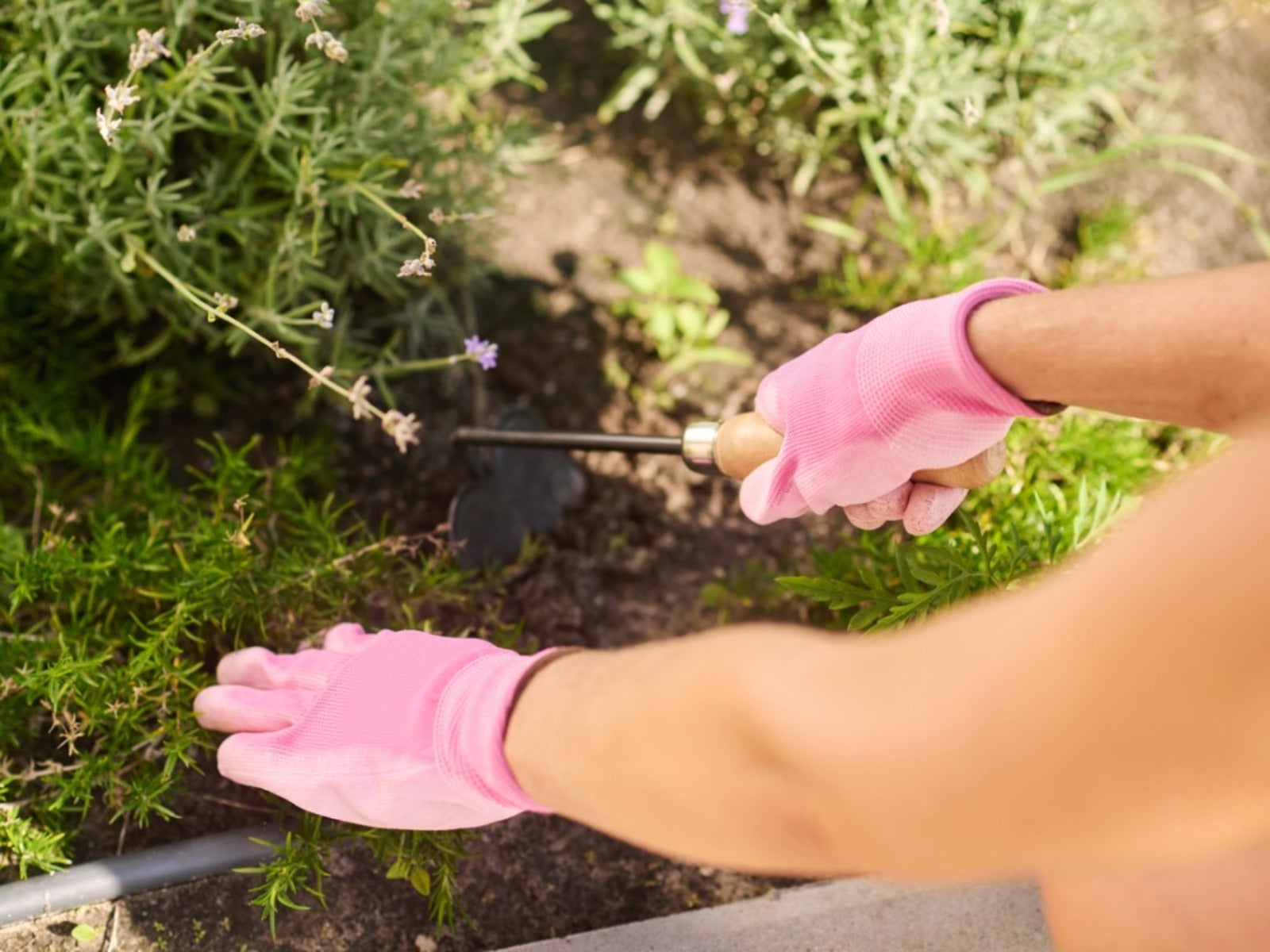 How To Control Weeds In Groundcover Areas Of The Garden
How To Control Weeds In Groundcover Areas Of The GardenClick here for tips on controlling weeds in groundcover garden areas.
By Bonnie L. Grant
-
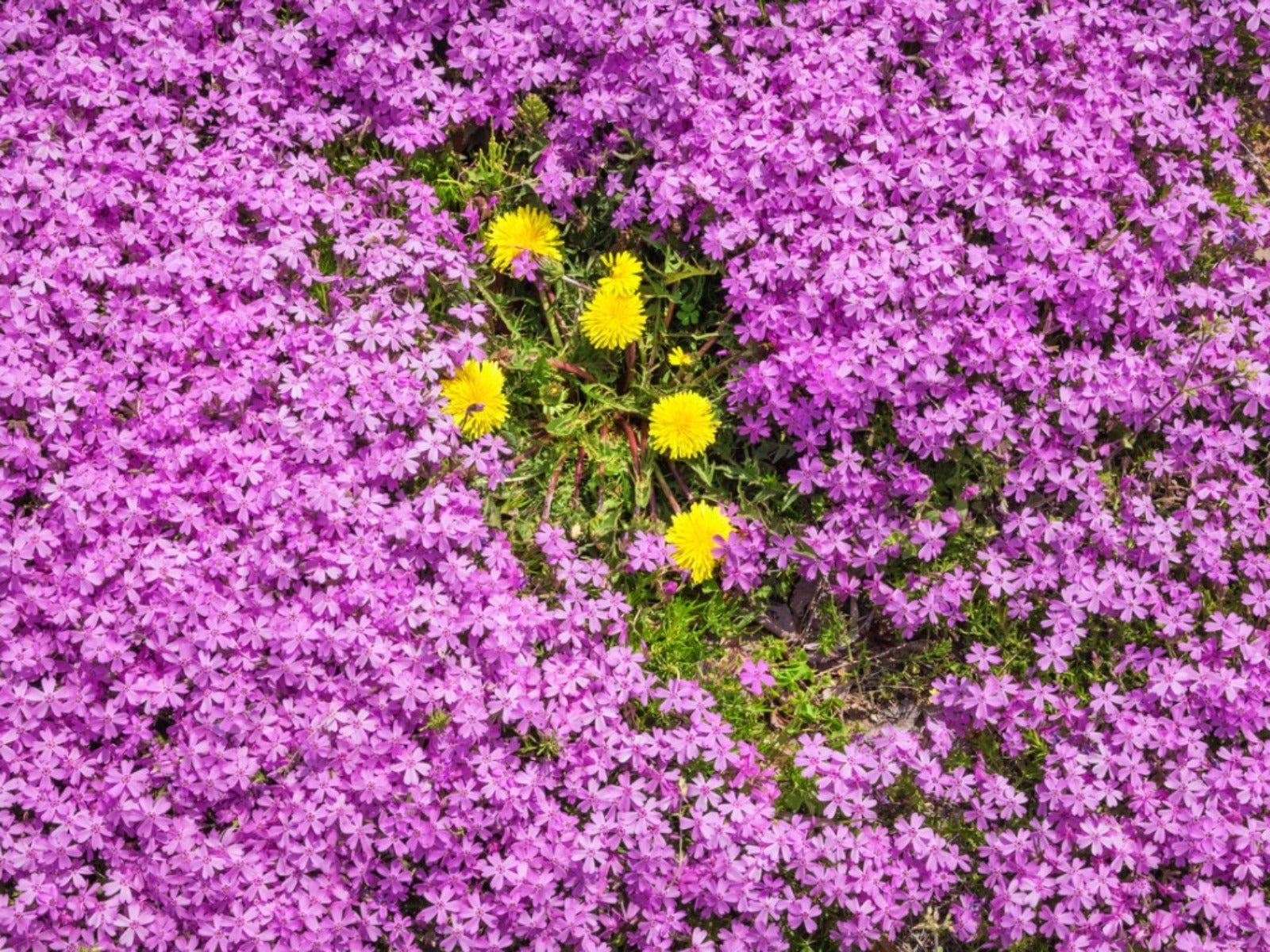 Best Groundcover Plants To Prevent Weeds
Best Groundcover Plants To Prevent WeedsClick here to find out the best types of groundcovers to prevent and choke out weeds.
By Susan Albert
-
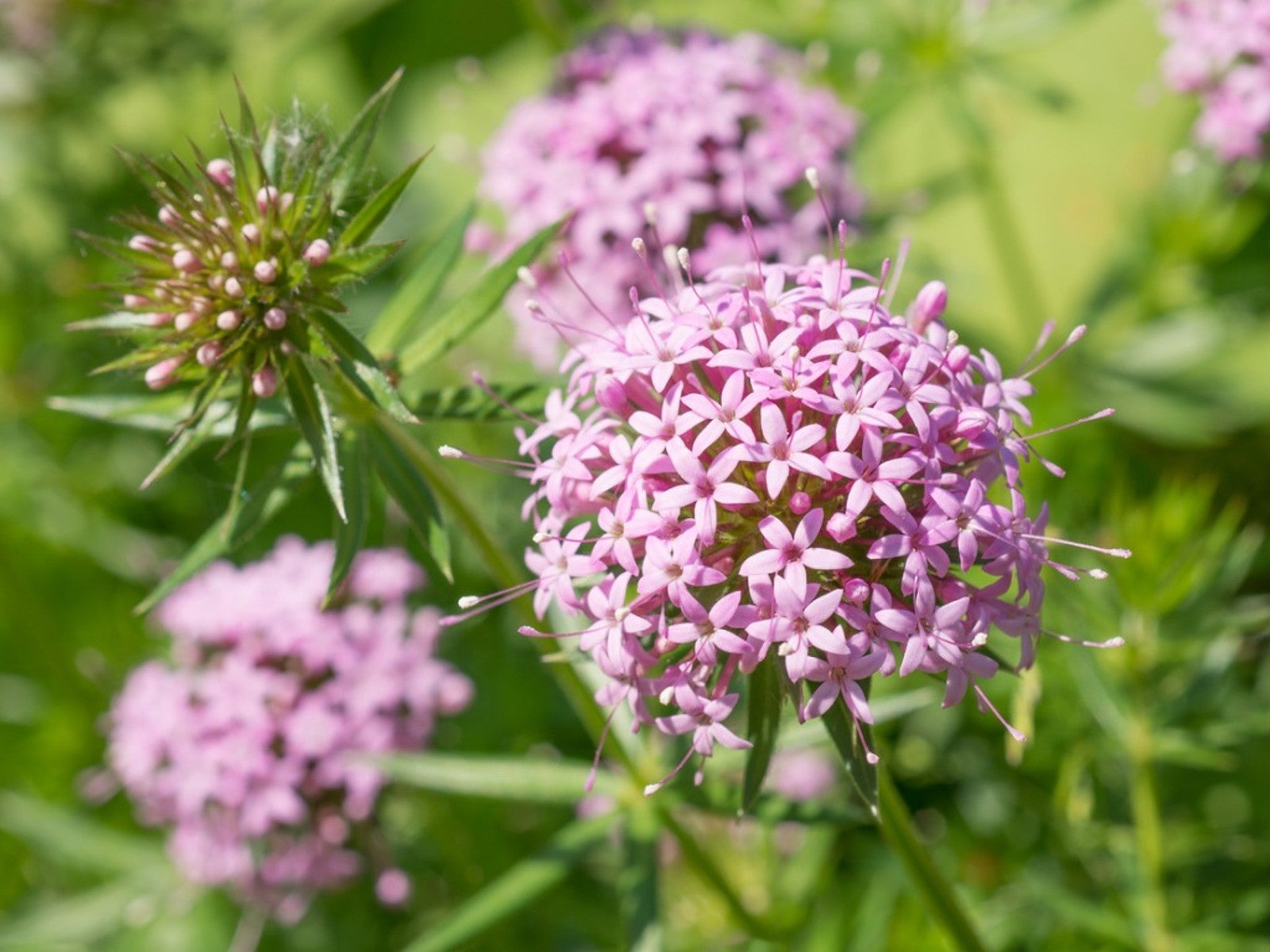 How To Grow Phuopsis Stylosa
How To Grow Phuopsis StylosaCreeping crosswort is a beautiful flowering groundcover, but it can have its issues, too. Click to learn more about this plant.
By Tonya Barnett
-
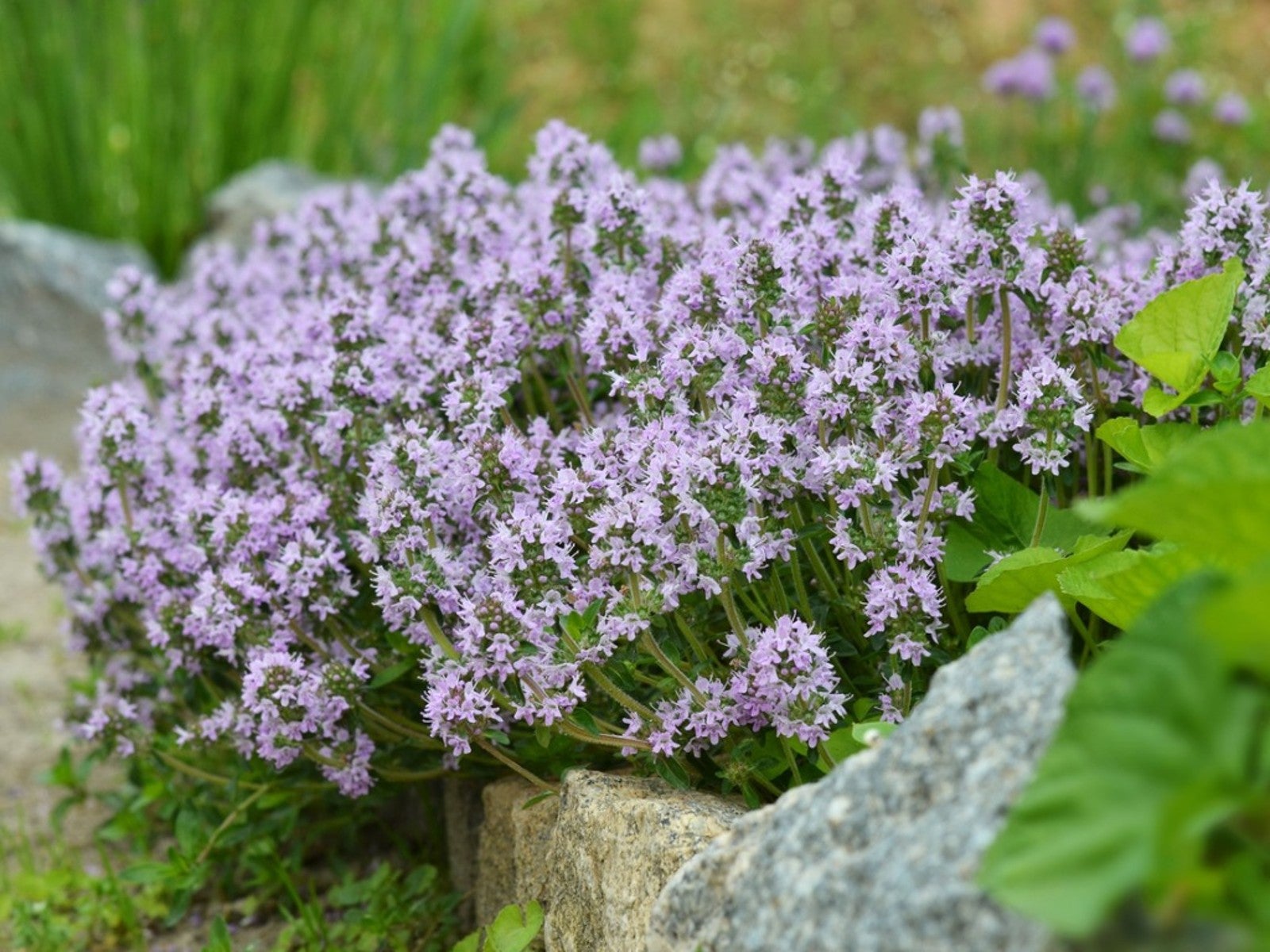 5 Fragrant Groundcover Plants
5 Fragrant Groundcover PlantsAdding fragrant groundcover plants to a special nook in the garden or a walkway can add a punch of “wow” when passersby catch the aroma. Click for more.
By Susan Albert
-
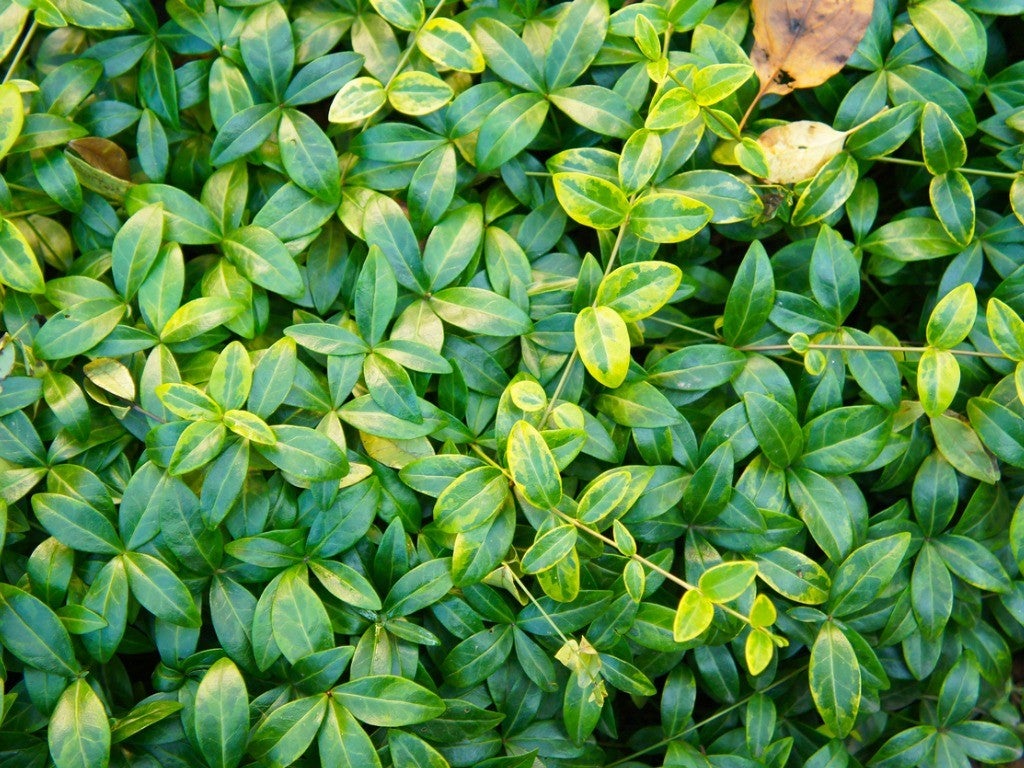 Part Sun And Shade Ground Cover For Every Garden
Part Sun And Shade Ground Cover For Every GardenGroundcovers in your bed or border offer a finished appearance. Read on for groundcovers for part sun and shade conditions.
By Becca Badgett
-
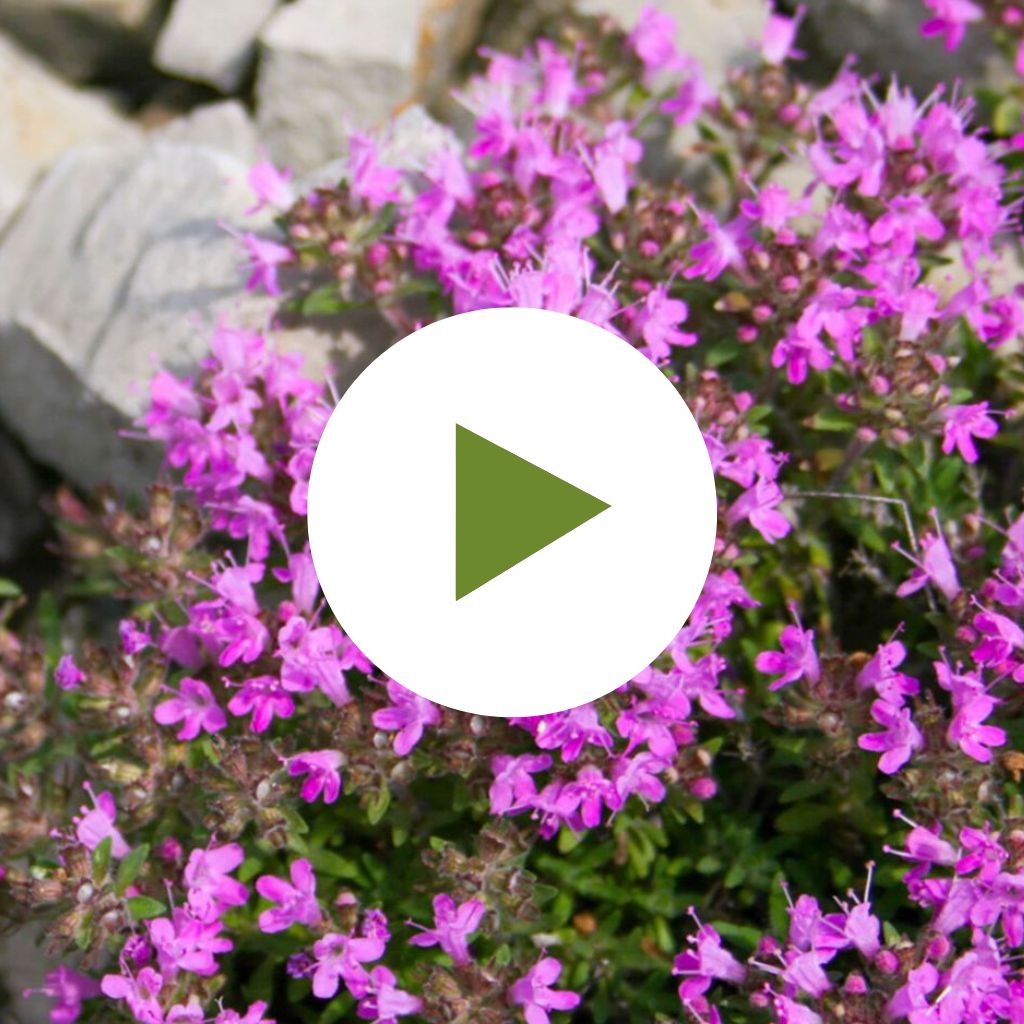 Top 10 Flowering Ground Covers
Top 10 Flowering Ground CoversExplore this short list of 10 of our favorite flowering ground covers suitable for different climates and garden styles.
By Amy Draiss
-
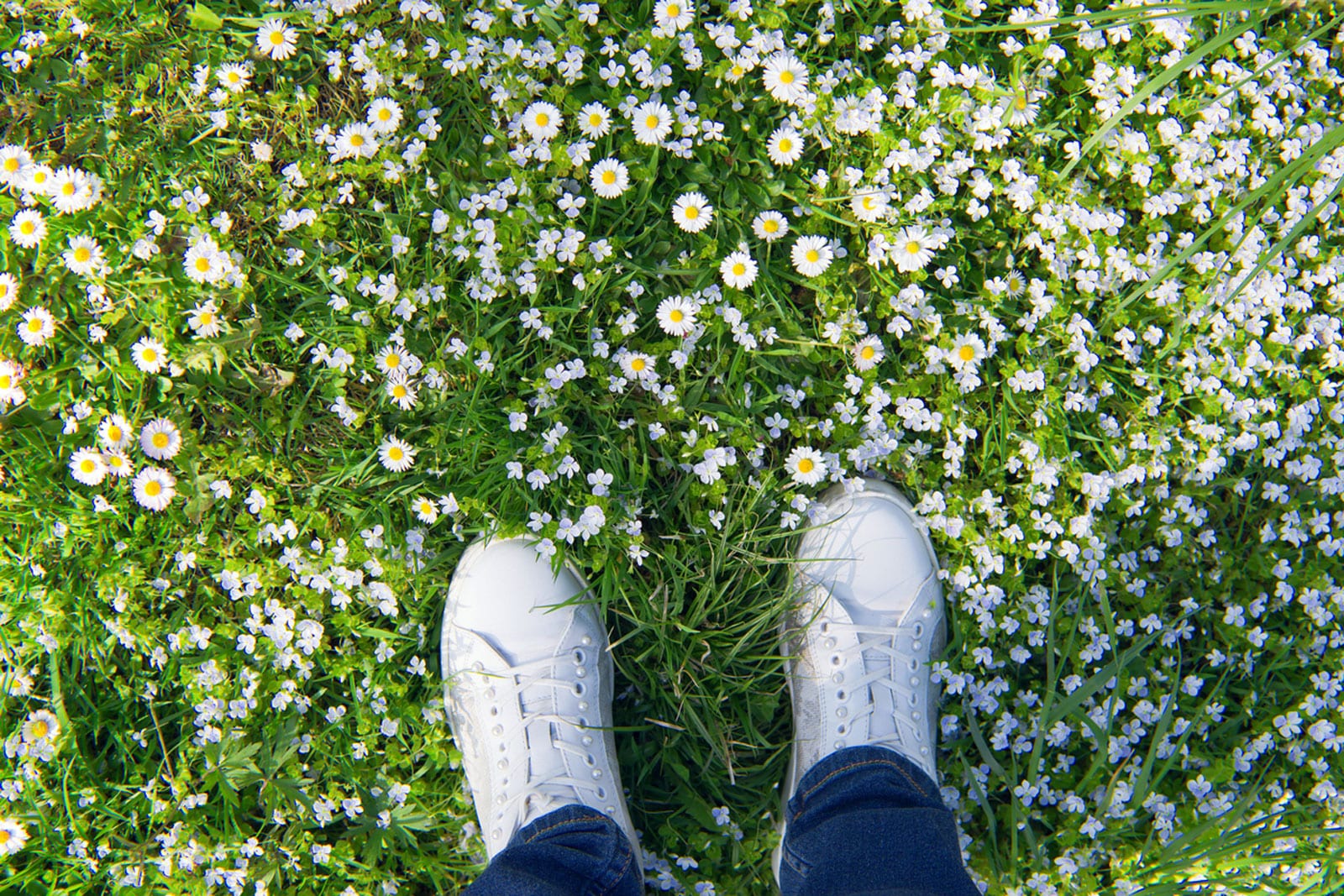 Groundcover For Foot Traffic: Choosing Groundcover That’s Walkable
Groundcover For Foot Traffic: Choosing Groundcover That’s WalkableWalkable groundcovers serve many purposes in the landscape, but it’s important to choose carefully. The plants must have the ability to bounce back relatively quick. For a few examples of attractive and durable groundcovers for foot traffic, click here.
By Mary H. Dyer
-
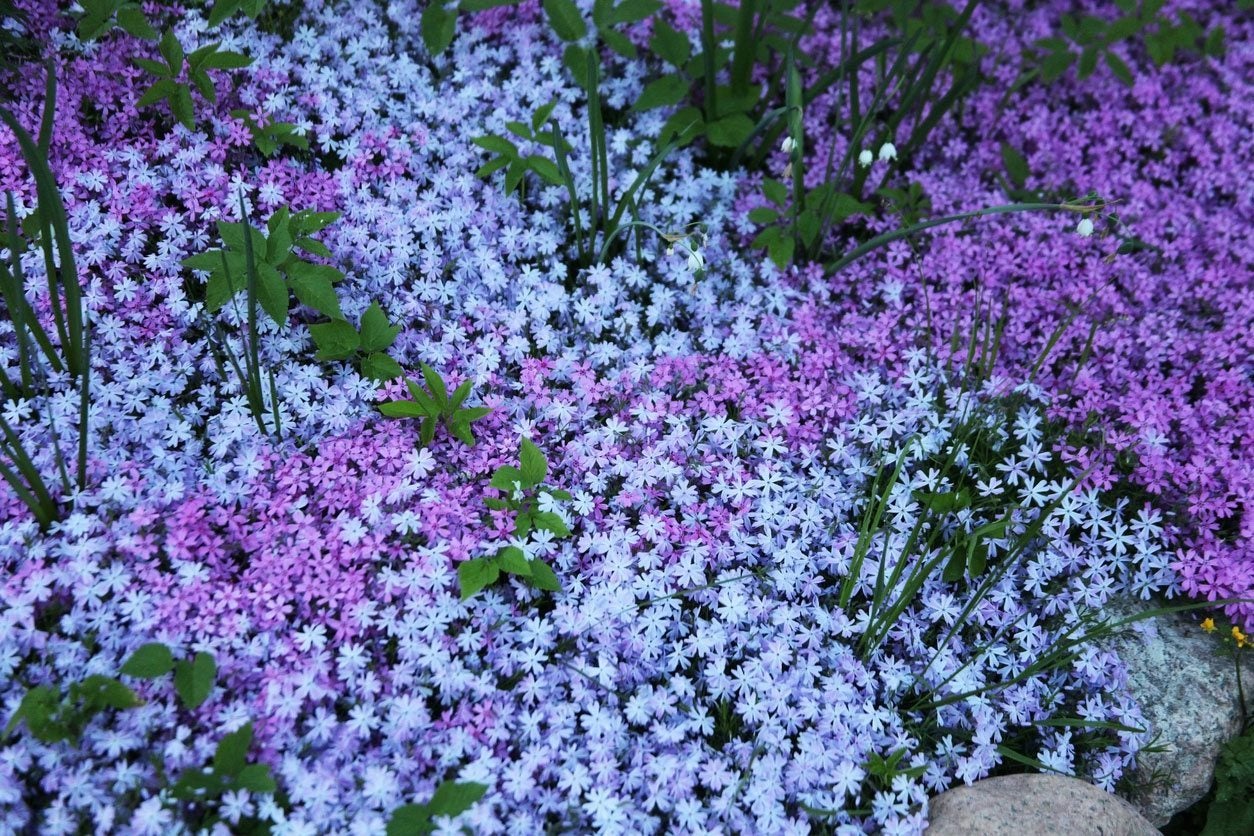 Guide To Groundcover Spacing – How Far To Plant Spreading Plants Apart
Guide To Groundcover Spacing – How Far To Plant Spreading Plants ApartGroundcovers serve a number of important functions in the landscape. The tricky part is figuring out how to space groundcover plants so they fill in quickly, but optimal groundcover spacing depends on a number of factors. Click here for helpful tips on spacing.
By Mary H. Dyer